In this example, there are hexagonal head wood screws with a diameter of .47 in., used at a distance of 23.66 in. For softwood C24 according to Eurocode 5, this gives a spring constant of 156,598.98 psf. To comply with ANSI/AWC NDS, it is necessary to multiply the determined shift modulus by a factor of 0.5 according to Chapter 11.3.6, since the shift modulus is defined by the standard in consideration of two shear planes. Thus, the result in accordance with NDS is a spring constant of 190,919 lbf/ft². The figure shows a schematic distribution of bending and shear stress for "solid", "semi‑rigid", and "loose" coupling arranged from top to bottom.
Modeling Downstand Beam in Timber Structures 2: Shear Coupling
Mr. Rehm is responsible for developing products for timber structures, and he provides technical support for customers.
- Modeling Downstand Beam in Timber Structures 1: Torsion
- Modeling Downstand Beam in Timber Structures 2: Shear Coupling
- Modeling Downstand Beam in Timber Structures 3: Nonlinear Support Situation
- Structural Analysis & Design Software for Timber Structures
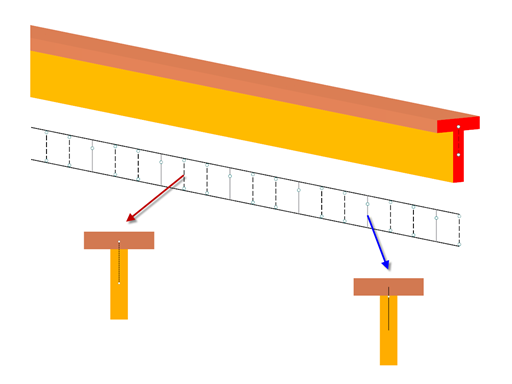

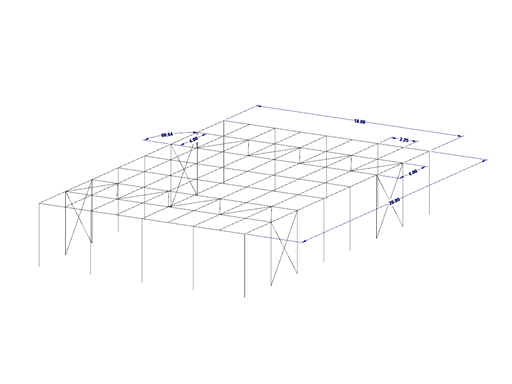
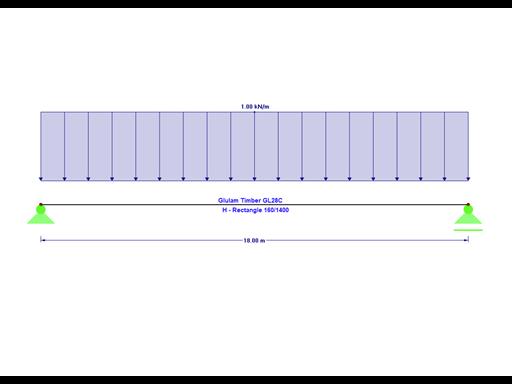
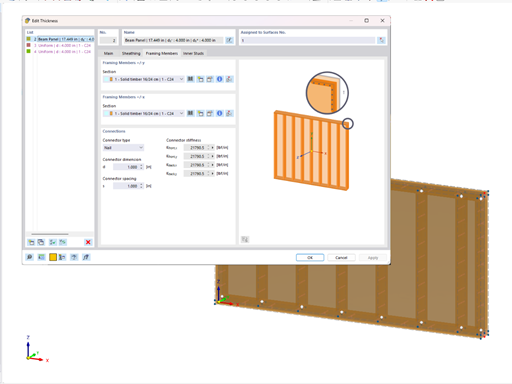
Using the "Beam Panel" thickness type, you can model timber panel elements in 3D space. You just specify the surface geometry and the timber panel elements are generated using an internal member-surface construct, including the simulation of the connection flexibility.
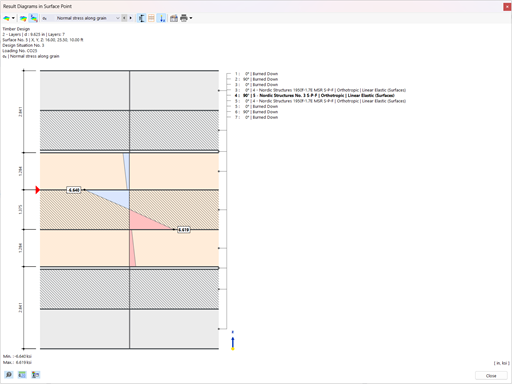
You have the option to perform the fire resistance design of surfaces using the reduced cross-section method. The reduction is applied over the surface thickness. It is possible to perform the design checks for all timber materials allowed for the design.
For cross-laminated timber, depending on the type of adhesive, you can select whether it is possible for individual carbonized layer parts to fall off, and whether you can expect increased charring in certain layer areas.
.png?mw=512&hash=4e74affa9ad0c7b703151c5085ac9b8e59171c23)
Among others, the following cross-laminated timber manufacturers are available in the layer structure library:
- Binderholz (USA)
- KLH (USA, CAN)
- Kalesnikoff (USA, CAN)
- Nordic Structures (USA, CAN)
- Mercer Mass Timber
- SmartLam
- Sterling Structural
- Superstructures listed in Lignatec Edition 32 "Cross-Laminated Timber of Swiss Production"
By importing a structure from the layer structure library, all relevant parameters are adopted automatically. The library is continually updated.
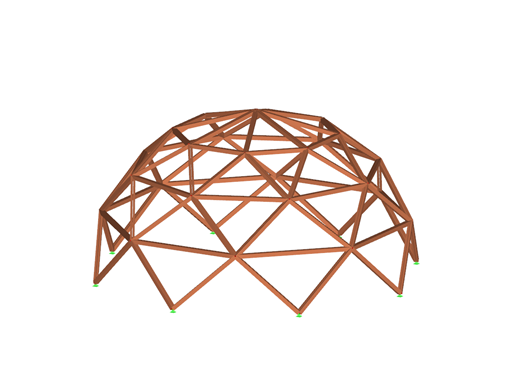
The Timber Design add-on for RFEM 6 / RSTAB 9 is multi-purpose and combines a large number of additional elements. [*S16332764*] Timber Design Add-on for RFEM 6
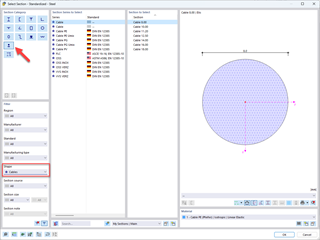
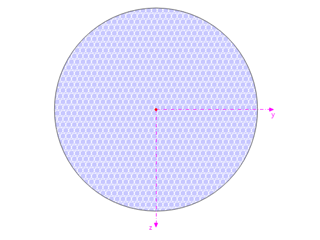















































.jpg?mw=350&hash=8f312d6c75a747d88bf9d0f5b1038595900b96c1)










